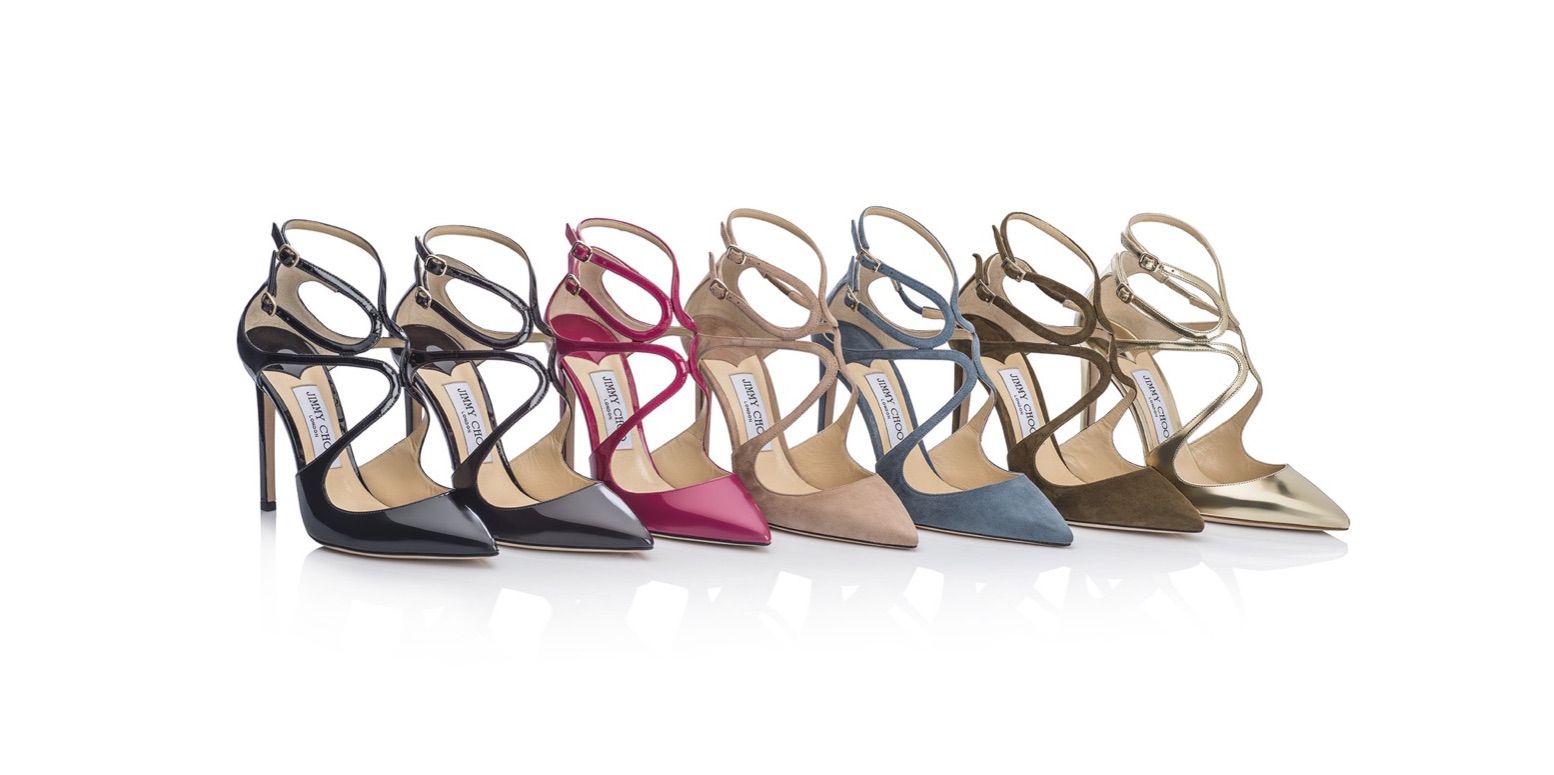In a world where people pay outrageous amounts of money for name-brand products, small businesses can feel like they’ll never hit “name-brand” status and therefore it’s a waste of resources to develop a brand. Don’t feel like you must remain in the shadows of larger companies! In this two-part series, we’re going to dive into the exciting science of brand position so you can understand what it is, how large corporations use it, and how it can positively affect any size business.
What Is A Brand?
Most business owners recognize that they need a logo, but fewer of them take it as far as needing a “brand.” The reason is because brand is a very vague term. To some it just means a logo, some it signifies a certain status of recognition, and some it means a reason to charge more money. None of those truly captures what a brand is.
We won’t spend too much time on the definition of a brand, but if you want to read more, check out this article series. For the purpose of this article, we’re going to just cover the basic definition. When talking about a brand, we’re talking about the feeling or promise associated with a company or product.
An Example Of Bad Branding
This is very important to keep in mind when discussing anything related to branding or positioning. This following hypothetical example is a very common occurrence and represents the skewed outlook on what branding is.
Jack wants to start a clothing line. All his friends tell him he has great fashion sense, he’s heard the story of Johnny Cupcakes and can see himself taking the same path, and he took a class in Photoshop. He’s ready to quit his stable job and jump into the exciting world of entrepreneurship.
After a few hours of research, Jack has decided to utilize print-on-demand companies to lower his expenses and increase his profit margin. Inspired by the one time an extra gumball fell out of a candy machine, he’s labeled his new line Gumball. Jack knows some student designers, so he gets them to put together some designs, promising them that they’ll have a foot in the door at the next Nike or Supreme. The designs are all over the place, and some of them are downright bad, but Jack isn’t worried. Gumball is a brand, and people pay more for brand-name items.
RELATED ARTICLE: Three Steps To Improve Your Branding Right Now
Let’s pause the story at the moment, and see if we can analyze some mistakes Jack has already made. As stated, this is not an uncommon story, so there’s some good lessons to be learned from it. Jack has already made some entrepreneur mistakes, such as quitting his job before testing his business and only dedicating a few hours to research his industry. But the bigger takeaway is his mindset towards branding. His misconception is that people will pay more for his products because of his brand.
A Wrong View Of Branding
We covered earlier that a brand is a feeling or promise, it’s not just labeling a company with a name. Jack has lofty goals of being the next Nike or Supreme, but his business plan is to be their competitor from the get-go. He clearly doesn’t realize that he’s a few years removed from obtaining the same brand recognition as them.
At the moment, Jack’s company doesn’t have a brand or a brand position. He can’t bank on selling his shirts based on the quality, since anybody can utilize print-on-demand companies and get the same quality of material. He can’t bank on superior design, since he’s not investing in quality designers. And he definitely can’t bank on people buying his clothes just because they’re Gumball clothes. Nobody knows of or recognizes Gumball. Jack’s business plan seems doomed from the start.
So what can Jack do to propel his company towards prosperity? Revamping his approach to his brand would be a great start. He’s going to want to determine his brand position.
What Is A Brand Position?
A brand position is whatever makes you different from your competitors.
Let’s look at some fashion brands that have nailed the positioning game. Jimmy Choo can sell his most “affordable” shoes at $500. That’s because his brand is built on quality. He markets towards people who believe that the price of your shoes reflect your status. Kate Spade handbags follow the same suit. In fact, most name-brand designer lines start with quality and innovation. Then people start to associate them with the higher class. After that, they’re willing to pay top-tier prices to own a name-brand product.

Now this doesn’t mean that your brand position has to be offering better quality than your competitors. Many brands are positioned in the opposite corner. Look at any dollar store, and you have a brand that positions themselves of affordability and convenience. In other words, they sell things cheap, and they’re never hard to find.
Even the retail monster, Walmart, has a similar position. They’re tagline explains it perfectly: “Save money. Live better.” They’re telling us that we can expect affordable prices for things we need that will improve our life.
A brand position can be a range of things, but in a nutshell should be the defining factor of why someone should choose you over your competitor. Apple and Microsoft are life-long rivals, and they both rely on brand positioning to bring consumers over to their side. Apple wins in the positioning game, though. They do an excellent job of teaching people to associate Apple products with innovation and superior technology. And because of that, they also have achieved the name-brand status of people paying more just because they want an Apple product.
RELATED ARTICLE: When Is It Time For A Rebrand?
So let’s circle back to Jack’s situation. At his current pace, he’s going to end up with a business that is unsustainable. In order to right the ship before it sinks, he could look at some of his future competitors and see what path they took to end up where they are. Should he want a clothing line like Supreme or Nike, he’ll need to start with quality and grow a strong base of committed customers. If he wants to head in a different direction, he might try designing clothes that inspire new trends, or create clothes that are innovative, hyper-functional, or solve a common problem. Or, he might realize that his sense of fashion doesn’t translate into building a clothing line and he’d be better off starting another business that better utilizes his skills.
Hopefully you’ll walk away with a better understanding of what a brand and brand position is, as well as its importance. Next week, we’re going to further explore how brand positioning can relate to small businesses, and how to discover what your brand position is!

